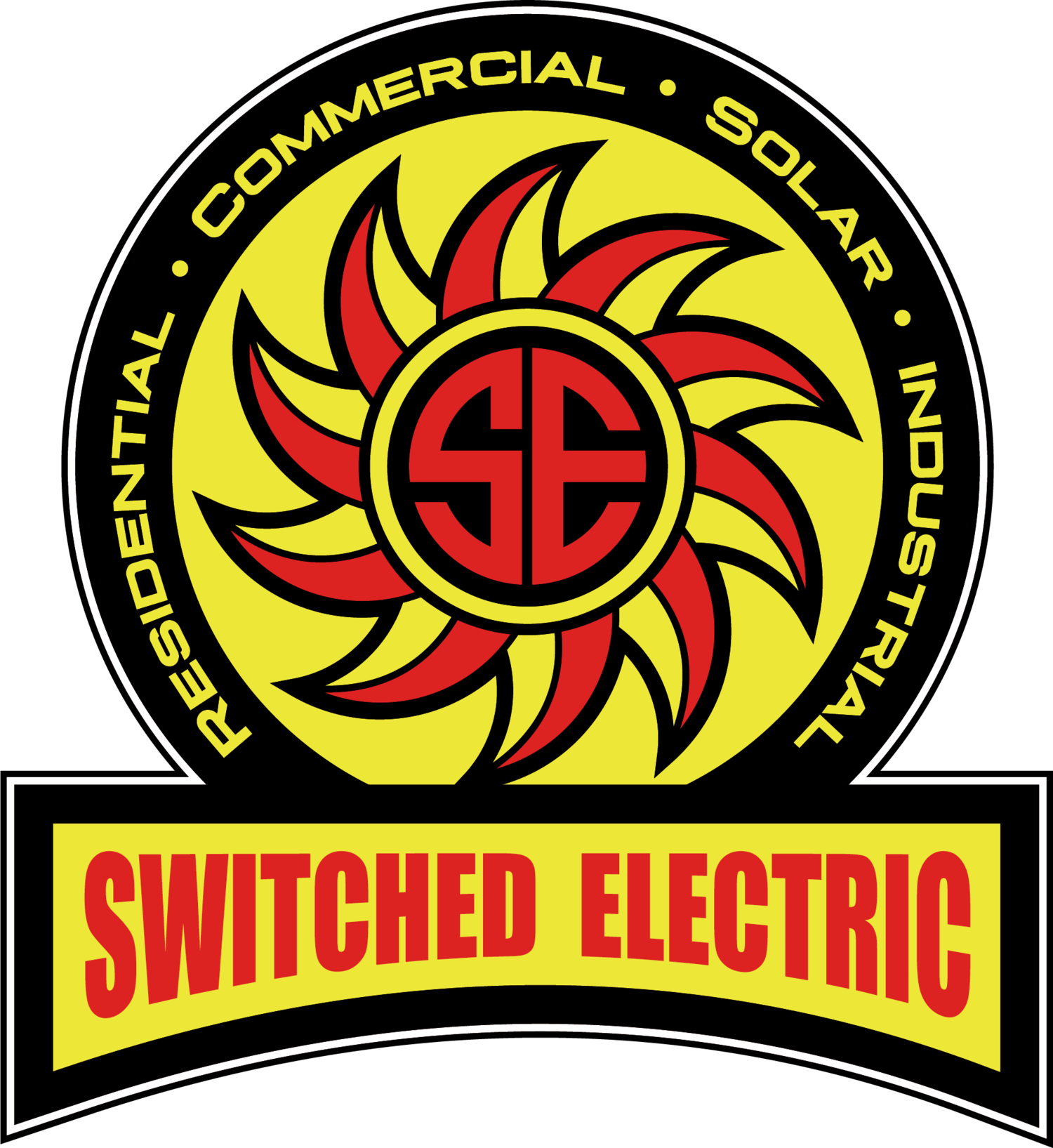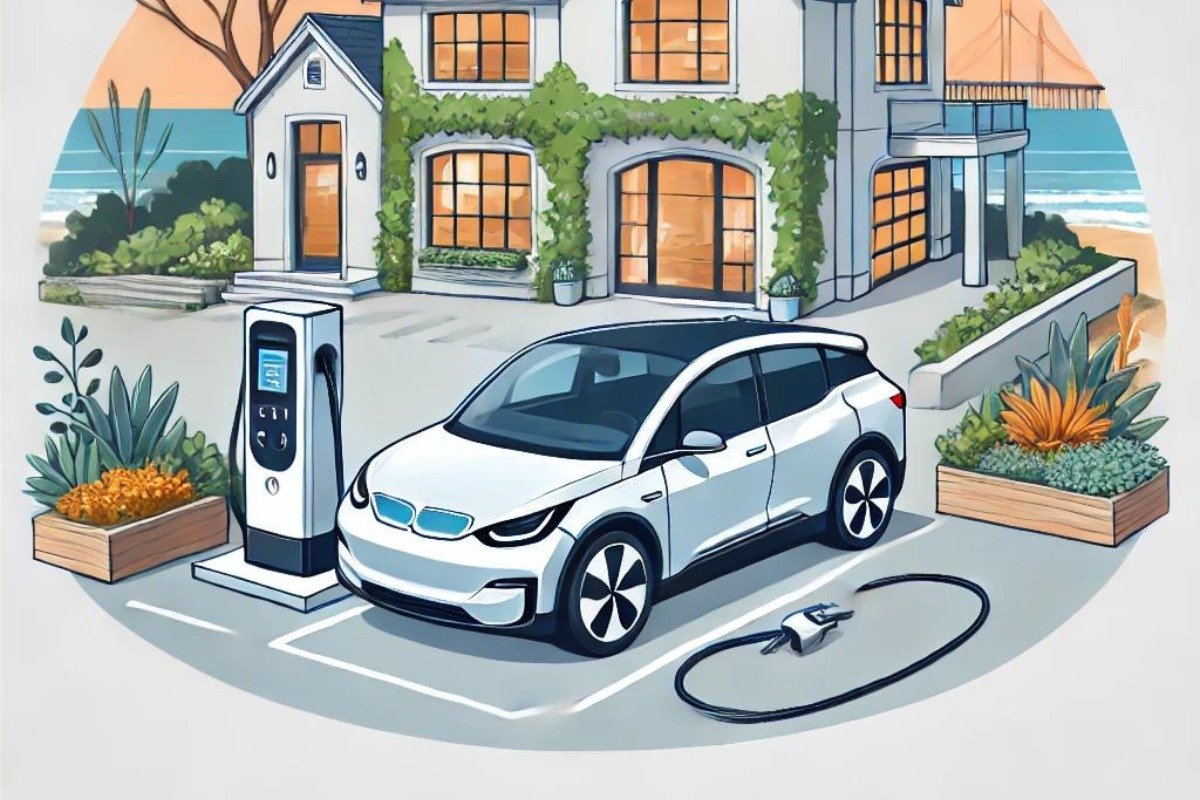How to Prepare Your Monterey Bay Area Home for an Electric Vehicle Charger
As electric vehicles (EVs) become increasingly popular, more homeowners in the Monterey Bay Area are considering installing EV chargers at home. With the stunning coastal scenery and a community that values environmental sustainability, it's no surprise that EVs are becoming a preferred choice for many residents. If you're planning to join the growing number of EV owners, it's essential to prepare your home for an electric vehicle charger installation. This guide will walk you through the steps to ensure your home is ready for this important upgrade.
Prepare Your Monterey Bay Area Home for an Electric Vehicle Charger with These 6 Tips:
1. Assess Your Electrical System
Before installing an EV charger, the first step is to assess your home’s electrical system. Electric vehicle chargers require a significant amount of power, and your current system must be capable of handling the additional load.
Check Your Electrical Panel Capacity
Your home’s electrical panel is responsible for distributing power to various circuits throughout the house. It’s crucial to determine whether your panel has enough capacity to support the EV charger. Most residential electrical panels are rated for 100 to 200 amps. Depending on the type of charger you install, you may need an additional 30 to 50 amps dedicated solely to the EV charger.
If your panel is already nearing its capacity, you may need to upgrade it. This is especially common in older homes in the Monterey Bay Area, where electrical systems were designed long before the advent of electric vehicles.
Local Insight: Monterey Bay Area
The Monterey Bay Area is home to a mix of older, historic homes and newer constructions. Older homes, particularly those in areas like Pacific Grove and Carmel, may have electrical systems that need upgrading to accommodate modern power demands. Working with a local electrician who understands the unique challenges of these homes can ensure a smooth installation process.
2. Choose the Right EV Charger
There are different types of EV chargers, and choosing the right one depends on your vehicle, driving habits, and home’s electrical capacity. The two most common types of chargers for residential use are Level 1 and Level 2 chargers.
Level 1 Chargers
Level 1 chargers use a standard 120-volt outlet and can be plugged directly into any wall outlet in your home. They are the most basic type of charger and are typically included with the purchase of an electric vehicle. However, they are also the slowest, adding only about 3 to 5 miles of range per hour of charging. For many Monterey Bay Area residents who drive short distances daily, a Level 1 charger might be sufficient, but it requires patience for a full charge.
Level 2 Chargers
Level 2 chargers are much faster, using a 240-volt outlet (similar to what is used for large appliances like dryers). These chargers can add 20 to 60 miles of range per hour, making them ideal for drivers who need to recharge quickly. Level 2 chargers are a popular choice for homeowners in the Monterey Bay Area who drive frequently or have longer commutes.
Consider Smart Chargers
Many Level 2 chargers come with smart technology, allowing you to monitor and control charging through a smartphone app. This can be particularly useful for taking advantage of off-peak electricity rates, which can lower your charging costs. Smart chargers also provide valuable data on your charging habits, helping you optimize your EV usage.
Local Insight: Monterey Bay Area
The Monterey Bay Area’s varied topography, from the coastal cliffs of Big Sur to the rolling hills of Carmel Valley, often means longer drives for residents. A Level 2 charger is an excellent investment for those who frequently travel these scenic routes, ensuring that their vehicle is always ready for the next adventure.
3. Plan the Installation Location
The location of your EV charger installation is crucial for convenience and safety. Consider where you usually park your vehicle and the distance to the nearest power source. The goal is to minimize the distance between your vehicle and the charger while ensuring easy access.
Indoor vs. Outdoor Installation
Most homeowners choose to install their EV charger in the garage, where the vehicle is parked overnight. This protects the charger and your vehicle from the elements and allows for easy access to the electrical panel. However, if you park outside or don’t have a garage, an outdoor installation is also possible. Outdoor chargers are designed to withstand weather conditions, but it’s essential to choose a location that offers some protection from direct exposure.
Cable Length and Management
When planning the installation, consider the length of the charging cable and how it will be stored when not in use. Many chargers come with cable management systems, such as retractable cords or wall-mounted holders, to keep the area neat and prevent tripping hazards. Ensure the cable is long enough to reach your vehicle comfortably but not so long that it becomes cumbersome.
Local Insight: Monterey Bay Area
In the Monterey Bay Area, the proximity to the ocean means that homes may face salt air exposure, which can corrode metal and electrical components. If you’re installing an outdoor EV charger, be sure to select a model that is specifically rated for coastal environments to prevent premature wear and tear.
4. Obtain Necessary Permits
Installing an EV charger is a significant electrical upgrade, and in most cases, you will need to obtain the necessary permits from your local building department. Permits ensure that the installation meets safety standards and complies with local building codes.
Working with a Licensed Electrician
While it may be tempting to tackle the installation yourself, it’s highly recommended to work with a licensed electrician who has experience with EV charger installations. A professional will ensure that the installation is done safely and correctly, minimizing the risk of electrical hazards. Additionally, a licensed electrician will handle the permitting process, saving you time and ensuring compliance with all regulations.
Local Insight: Monterey Bay Area
Each city within the Monterey Bay Area, such as Monterey, Pacific Grove, and Seaside, may have different permitting requirements. A local electrician familiar with these jurisdictions will be able to navigate the process efficiently, ensuring that your installation is up to code.
5. Consider Future Proofing
As electric vehicles become more common, you may want to consider future-proofing your home’s electrical system. This can involve upgrading your electrical panel to accommodate additional circuits, installing a higher-capacity charger, or adding solar panels to offset the cost of charging your vehicle.
Solar Power Integration
Given the Monterey Bay Area’s sunny climate, solar panels are an excellent way to generate clean, renewable energy for your home and vehicle. Pairing your EV charger with a solar power system can significantly reduce your energy bills and carbon footprint. Many homeowners are opting for this sustainable solution, contributing to the region’s commitment to environmental stewardship.
Upgrading Your Home’s Electrical Capacity
If you plan on adding more electric vehicles to your household in the future, it’s wise to upgrade your electrical panel now. This will ensure that your home can handle the additional power load without the need for further upgrades. It’s also a good idea to install a dual-port charger if you anticipate needing to charge two vehicles simultaneously.
6. Schedule the Installation
Once you’ve assessed your electrical system, chosen the right charger, planned the location, and obtained the necessary permits, it’s time to schedule the installation. Working with a professional electrician ensures a smooth and safe process.
The Installation Process
On the day of installation, the electrician will first ensure that the power is off before beginning work. They will then install the charging unit, connect it to the electrical panel, and test the system to make sure everything is functioning correctly. The entire process typically takes a few hours, depending on the complexity of the installation.
Final Inspection
After the installation is complete, a final inspection may be required by your local building department to ensure everything is up to code. Your electrician will coordinate this inspection and make any necessary adjustments to meet the requirements.
Conclusion
Installing an electric vehicle charger at your Monterey Bay Area home is a smart investment that not only adds convenience but also supports a sustainable lifestyle. By assessing your electrical system, choosing the right charger, planning the installation location, obtaining the necessary permits, considering future needs, and scheduling a professional installation, you can ensure a successful upgrade that meets your current and future driving needs.
Switched Electric is here to help you every step of the way. Our experienced team of electricians understands the unique needs of Monterey Bay Area homes and can provide expert guidance and installation services. Contact us today to schedule a consultation and take the first step towards a greener, more convenient future.
Contact Switched Electric 📞 Call us at (831) 402-4193 or schedule your service online now!
#EVChargerInstallation #MontereyBayElectrician #SustainableLiving #HomeImprovement #ElectricVehicle

